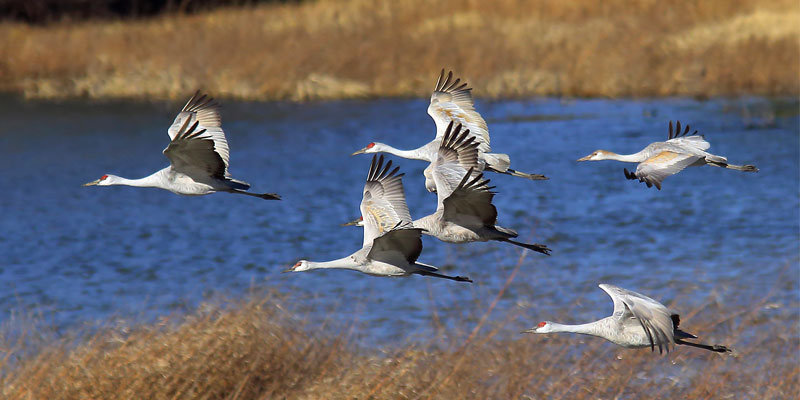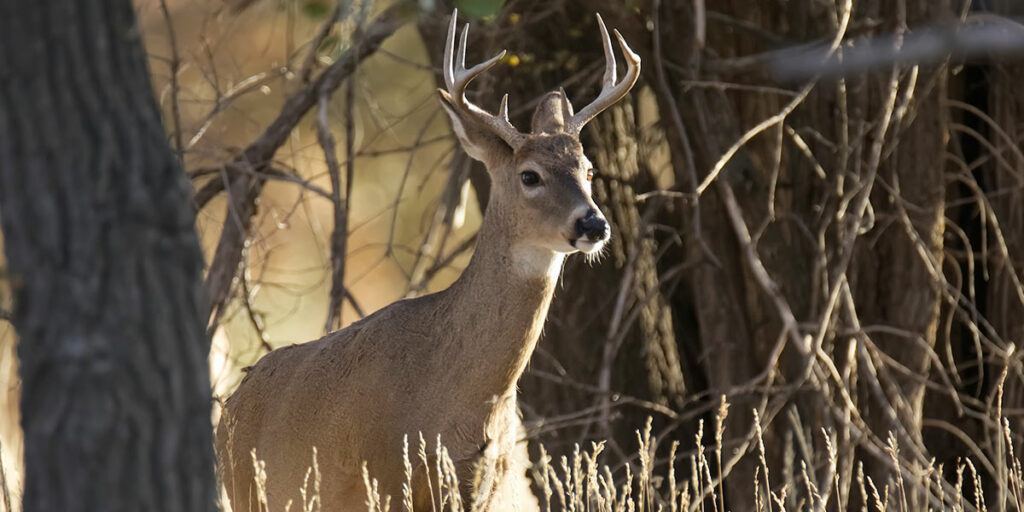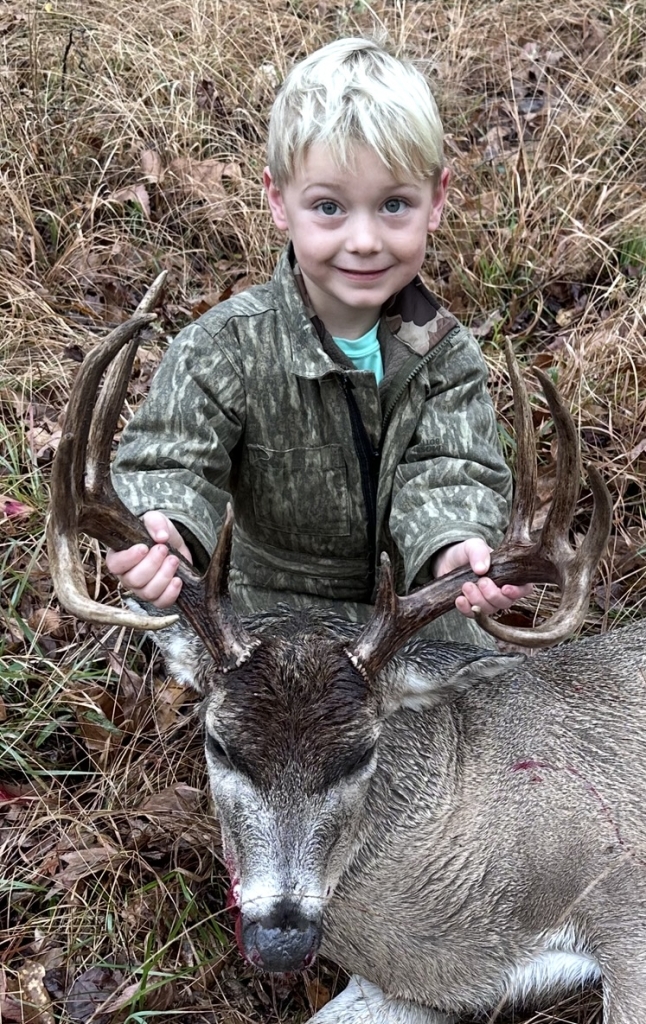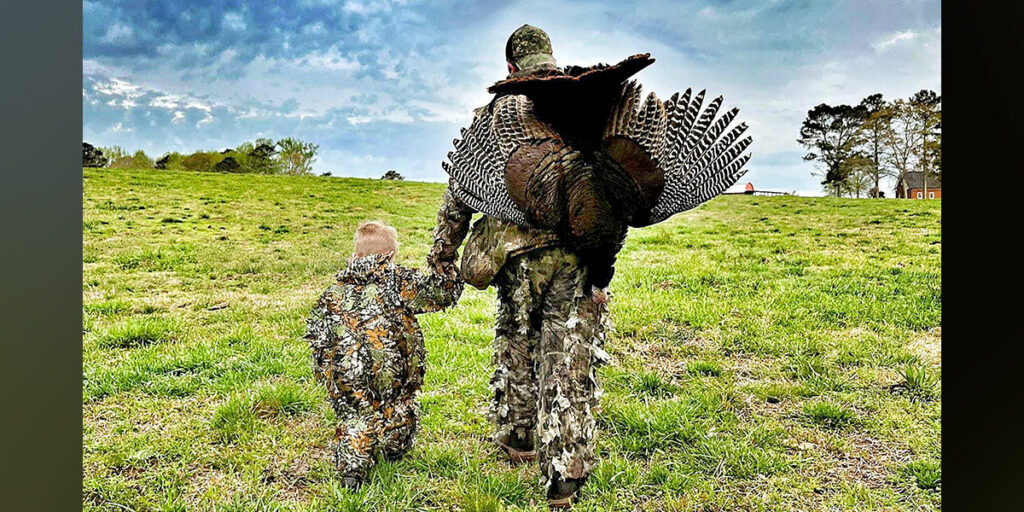Active duty military and military veterans will have two extra days to pursue waterfowl in Alabama this season under new federal guidelines. Those military personnel and veterans will be able to hunt waterfowl on November 23, 2019, and February 8, 2020, the same dates as the Alabama Special Youth Waterfowl Hunts.
Military active duty and veterans must have proof of service and all applicable licenses and stamps to participate.
The new federal guidelines also allow states to end their waterfowl seasons on January 31 instead of the last Sunday of January. Alabama has taken advantage of this change and has set waterfowl seasons for November 29-December 1, 2019, and December 6, 2019, through January 31, 2020.
“Some years, it’ll add 6 days at the end,” said Seth Maddox, the Alabama Wildlife and Freshwater Fisheries Division Migratory Bird Coordinator. “It’s a good management tool at our disposal. The only difference is the season may end during the middle of the week instead of Sunday. For the upcoming season, it ends on a Friday.”
No matter what day the season ends, Maddox just hopes we don’t have a repeat of last year’s season, which was mainly a bust for the whole southeastern U.S.
“It was a rough season, not only in Alabama but in most states,” Maddox said. “It was a mild winter with very little snow and ice cover in the Midwest. Most of those storm fronts that came through that normally bring ice and snow brought rain. That put a lot of water and flooding on the landscape. In turn, that spread the ducks out. It opened up a lot of available habitat for the ducks to utilize. It was tough hunting because the birds were never concentrated anywhere. I’d say that was true from Illinois south. Most states in the South had tough seasons.”
Maddox said conditions for the 2019-2020 season appear to be favorable right now in terms of habitat.
“So far this year, we had rain that continued into the spring and early summer, so the vegetation looks pretty good,” he said. “From late summer through early fall, most of Alabama has been in drought conditions. Parts of west Alabama have had decent rainfall. We’re probably looking at some dry conditions, at least early in the season. But the rain has picked up the last couple of weeks, and I feel pretty good about having a decent amount of water for the opening day after Thanksgiving.”
Until recently, mild conditions continued before the latest cold front plunged temperatures well below freezing in most of the state.
“We seem to be in an almost weekly pattern where a front will come through, and it will get cold,” Maddox said. “Then it will warm back up. It’s a cyclical weather pattern we sometimes see throughout the season. Right now, it’s looking good with the cold fronts pushing some birds in. We’re seeing some birds show up, so I think we’ll have a decent opener.”
The news from the annual waterfowl survey conducted by the U.S. Fish and Wildlife Service (USFWS) is both concerning and encouraging.
The overall number of ducks was estimated at 39 million birds, which is down about 6 percent from last year’s numbers.
“We’ve been on a slight downward trend over the last few years, but we’re still 10 percent above the long-term average,” Maddox said. “For most duck species, the numbers are looking good. They’re well above their long-term averages. But a couple of species are not doing as well. Northern pintail and scaup (bluebills) are below their long-term averages and they continue to decline. So, there’s a lot of research on those two species to see what’s causing the declines. But other species have taken advantage of these situations, like the gadwall, which is one of our bread-and-butter ducks. The gadwall numbers are 61 percent above the long-term average, and their numbers continue to grow. Green-winged teal are doing well also. Other species are filling that void left by the lack of pintails and scaup.”
Most successful hunters in Alabama will likely have gadwalls in their bag at the end of the hunt.
“Gadwalls are fun ducks to hunt,” Maddox said. “They respond to calling really well. People are pretty happy shooting gadwalls, and they taste good.”
The bellwether bird for most duck hunters and managers is the mallard. The male’s unmistakable green head makes it the most recognized duck on the landscape.
Maddox said the mallard count came in at about 9.5 million birds during the breeding survey, which is 2% above last year’s numbers and 19% above the long-term average.
“The mallard is a big, hardy duck,” he said. “They’re the last ones to arrive. It takes really cold weather to push them down into our area. They can survive and thrive in areas of cold with snow cover. We need that cold weather to push mallards our way.”
Some duck hunters have suggested a shift in duck migration patterns for a variety of reasons, but Maddox points to one main factor in either the abundance or dearth of ducks.
“Most of it is tied with the weather,” he said. “As I say every year, we are very weather dependent. We’re seeing the warming trends, and fewer ducks are migrating south. There is some ancillary data that ducks aren’t making it as far south as they once did. If this trend continues, we’re likely to see fewer ducks in the Deep South. It is a concern for us and most waterfowl managers in the South. We’ll still see birds. We may not see as many birds as in the colder times.”
The bag limit of six ducks remains the same as last season’s with no more than 4 mallards (no more than 2 of which may be female), 3 wood ducks, 1 mottled duck, 2 black duck, 2 redhead, 1 pintail, 2 canvasback and 3 scaup. The bag limit on mergansers is 5 per day, only 2 of which may be hooded mergansers.
Hunters must use non-toxic shot. Hunting hours are one-half hour before sunrise to sunset except on special management zones, like the Mobile-Tensaw Delta. If you hunt any type of migratory bird – doves, ducks, woodcock, gallinules or cranes for example – you are required to have a Harvest Information Program (HIP) permit in addition to a valid hunting license, state duck stamp and federal duck stamp. Visit www.outdooralabama.com/waterfowl-season for specific rules and regulations.
Alabama will also have its first sandhill crane hunt in 103 years. For the first hunt since 1916, 400 hunters were selected by random drawing in September. Those selected were required to pass a test and accept the hunt. Once that was completed, WFF mailed the hunters the sandhill crane hunting permit and three tags each.
The sandhill crane season has two segments. The first segment runs from December 3 to January 5, 2020. The second segment is from January 16-31, 2020.
“We had 591 people apply for the permits, which is a few less than I would have thought,” Maddox said. “So, you had a good chance of getting drawn this year if you applied. I think people may have been hesitant to apply this year because they didn’t have any spots or didn’t know any spots to hunt. Unless you went to one of the other states that allow sandhill hunting, you have no experience hunting them. It will be interesting to see how our hunters do this year. Once our hunters get the hang of it, I think we’ll have more people apply.”
Maddox said he will be happy with “average” waterfowl hunting for the 2019-2020 season.
“We’ve been through some extremes the last few years,” he said. “We had a really good season in 2017-18 and then last year was pretty tough. Hopefully, we’ll have one closer to normal. If we get some cold weather early in January, we should have a good season.”
David Rainer is an award-winning writer who has covered Alabama’s great outdoors for 25 years. The former outdoors editor at the Mobile Press-Register, he writes for Outdoor Alabama, the website of the Alabama Department of Conservation and Natural Resources.













